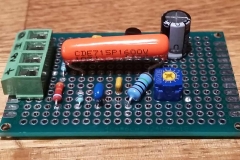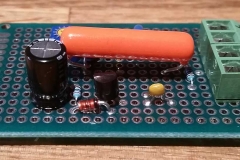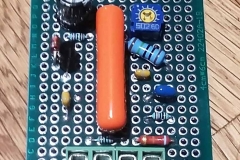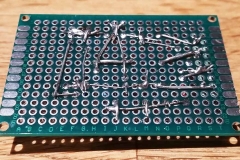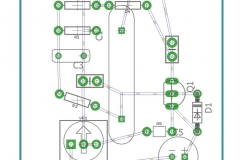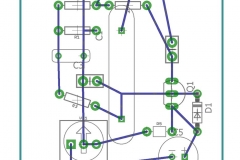Sanding, sanding, sanding, sanding. So much sanding to take these rough cuts of dimensional lumber down to a finish to be proud of. Moderately proud of, anyways. I’m not going for a high gloss, pristine mirror finish. I’ll be sticking to some simple poly stain to compliment the colors of the ceiling beams in my apartment. A natural color for the drop, and a dark cross beam.
The green doug fir 2x’s that I bought were definitely rough. I started off with my random orbital sander with 80 grit sand paper. After a thorough twice-over with that I moved to 120 grit, then to 220. At this point the wood was nice and smooth, but I was done for the day. The stain would have to wait.
The orbital sander makes quick work of the sanding, but isn’t the best choice when applying the stain. As a last step before the stain I used a sanding block with 240 grit sand paper and went over everything one more time, sanding with the direction of the grain. I doubt I got all of the swirls from the orbital sander out of the wood, but I didn’t notice many by the time I was done.







